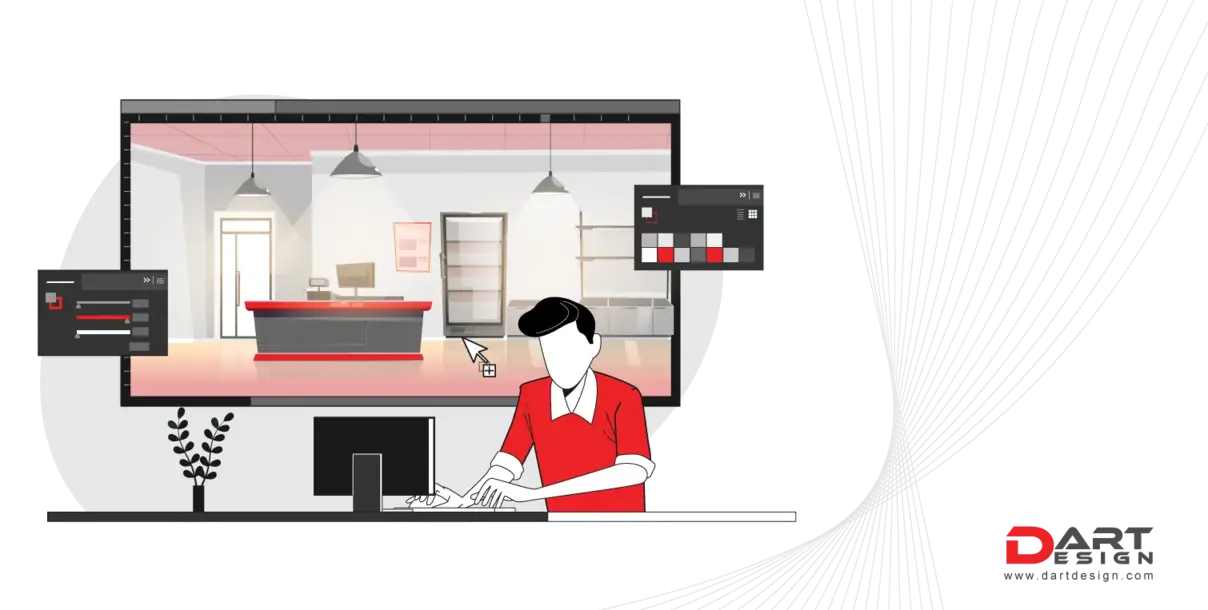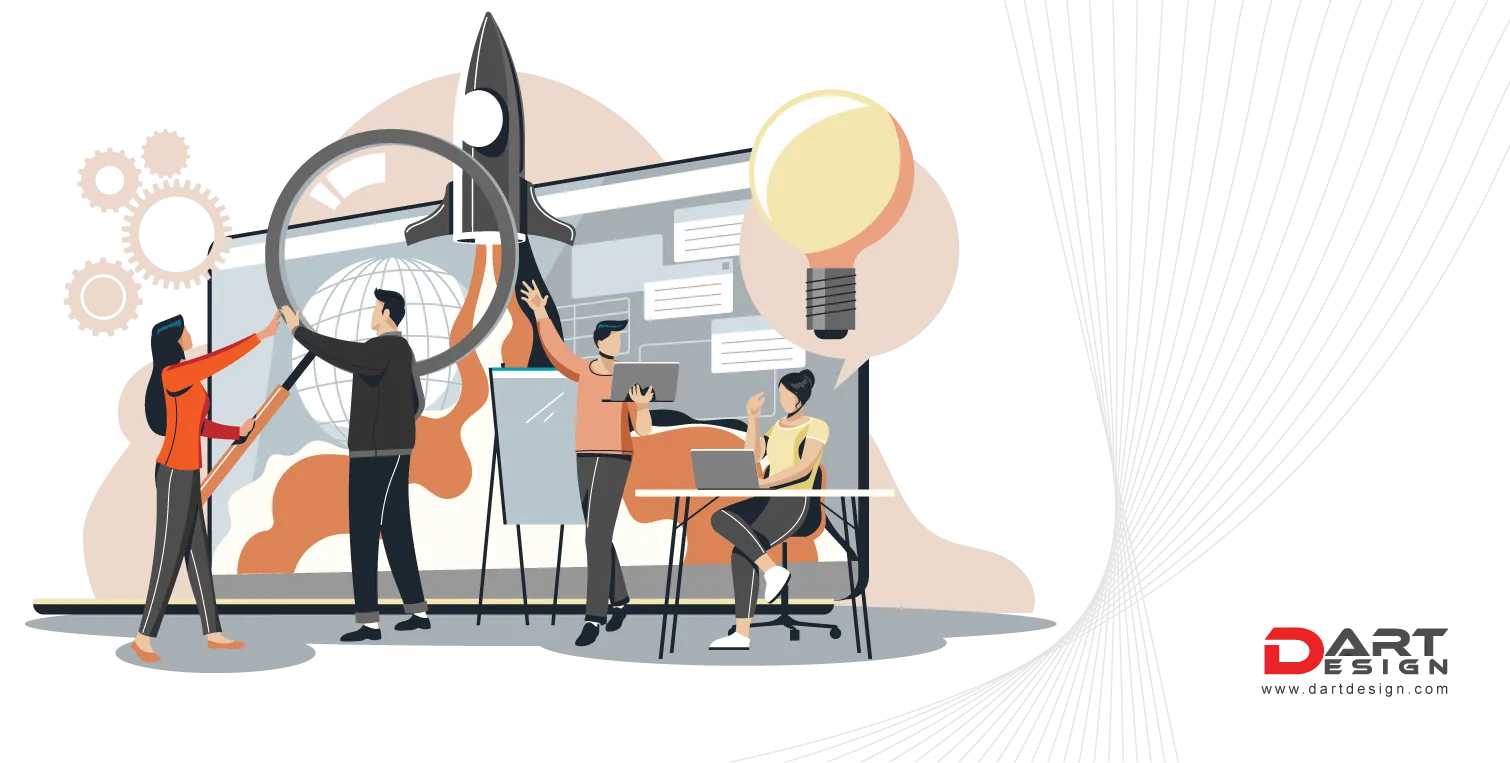“Despite its popularity in the past decade, the interior design dates back thousands of years, for example, Vaastu Shastra from India and Chinese Feng Shui. Since neuroscience is booming, scientists are doing tons of research on this topic and finding incredible results. People can be evoked either positively or negatively by interior design elements. By manipulating decorative elements consciously, we can create spaces that encourage creativity, peace, and happiness.”
Our interior space plays a huge role in our psychological behavior since we spend most of our lives inside. Space psychology or environmental psychology is the study of how people interact with their surroundings. A spectrum of feelings and practices is generated by lighting, colors, configurations, scale, proportions, acoustics, and materials.
Whether it’s creating a positive and efficient working environment or inducing warmth and safety, space can have a lot of impact on how we act or what we feel, which is why we need to design and think creatively according to the needs of the occupants.
According to a professor at the New School of Architecture and Design in San Diego, the psychology of space is “The study of human interaction in natural and built environments.” Your subconscious is how you feel and perceive things; interior design became an inherent part of people’s psychology as it impacted their emotions and perceptions. Despite not being the only factor, interior space has huge implications, and it’s the architect’s job to make users’ ideas a reality.
Functionality has taken over the last few decades, so space is just a reflection of what’s going on. A consumer-oriented society stacked people in boxes to produce. During the industrial revolution, a flood of people into unprepared cities led to the idea of cramming them anywhere. There was a division in the regular house plan for as many newcomers as possible. Fast-paced production dominated homes and jobs. In the future, space will be used and explained psychologically.
According to an architect and associate professor at Nottingham University’s department of architecture and built environment, who wrote an article in the Independent about libraries in the new age, “buildings and urban spaces need to be designed around their occupants first and foremost.” Nowadays, architecture is becoming a big deal because it triggers physical, psychological, and physiological well-being.”
An environmental psychologist and interior designer said that “architectural cues can reinforce the desired behaviors we want to see in certain places.” Or put another way, architecture is the physical means. Safety, social connectedness, ease of movement, and sensory stimulation are key factors architects need to focus on, but more concrete measures include lighting, colors, art, ventilation, etc. Harmony can be introduced by some design principles like balance, proportion, symmetry, and rhythm. Conversely, colors have a very simple logic behind them – the warmer the color, the smaller the space. Also, they can make you feel comfortable or stimulate your brain. There’s a lot of difference between light and function. Dimmer lights suggest a gloomy space, while brighter lights imply a bigger, more animated space. Recovery and production are boosted by natural light.
You can’t figure out why some spaces make you anxious, while others make you feel calm. Environment psychology isn’t always based on research, it’s more about people’s interaction with the environment.
When space psychology is considered during design, commercial projects can be more productive, retail ventures can make more money, and healthcare projects can recover faster; put it on a space design firm. Despite this, there aren’t any explicit guidelines, so it’s hard to translate into architecture. This depends a lot on the designer’s creativity, sensitivity, and understanding of the research.
In the end, it is quite complex, and so are the inhabiting individuals.
Let’s talk about how interior design affects our subconscious.
To keep the principles of design in mind, we must always keep balance, symmetry, proportion, and harmony in mind. They all play into each component (each design element) and the whole (the whole space), which impacts its occupants in all sorts of ways.
Here are four things you need to remember to create a home and environment that aligns with who you are and reduces stress and anxiety.
Perception of space
Everything in space makes a difference to its overall image. Whenever you walk into a space, you notice obvious design elements. Plus, those who’re discerning will see beyond the physical elements to capture the overall design theme.
With high ceilings, large windows, skylights, glass doors, and expansive wall mirrors, you’ll create the illusion of a bigger space.
Creating a sense of space invites positive energy and opens your mind. This can blend well even within a retail store layout design that is prone to cater to footfall with consumers exhibiting different behaviors.
A lot of light
Continuing from the previous point, lighting also sets the mood and contributes to the psychology of space. When you walk into a room filled with natural light, your mood, energy, and happiness skyrocket.
Artificial light isn’t the only way to light up your house. You’ll feel better if you get a good dose of sunlight – it boosts creativity, productivity, better sleep, and more. There are also lots of proven mental health benefits from sunlight, like easing anxiety and depression. If it’s sunny, you might feel more optimistic than when it’s overcast and rainy.
Right color palette
This visual experience can delight you every time if your space matches your favorite color palette. However, color also has a psychological effect. Your mood and emotions can be drastically affected by the colors you choose.
If you think about mood-altering or mood-influencing design elements, color probably comes to mind. You can also make changes to it the easiest. Whether it’s consciously or subconsciously, color tones and saturation levels affect emotions.
Our focus on climate, seasons, and locality will continue to grow as consumers learn more about environmental issues. With the rise of foundational mid-tones and neutrals, colors will align with long-term and sustainable shades.
Personality through art
The design and architecture of your home can also reflect who you are – your personality – according to some people.
Apart from the above points, your choice of artwork says a lot about you and influences your mood and behavior. Art comes in all shapes and sizes, just like how people interpret and feel a painting differently based on how they look at it.
It reduces anxiety, stress, and depression and slows down cognitive decline when you view art, go to an art gallery, or participate in creative activities. Even if we have different cultures, times, ages, beliefs, types, shapes, forms, etc., we’re all drawn to beauty. It’s not always easy to create a space that boosts your mood, mind, and behavior. The majority of the time, you’ll have to go through some trials and errors.




